Construction and Customers
Civil Engineering Division
Through the construction of social infrastructure such as roads, railways, dams, and electrical power, we support people$02BCs lifestyles and socioeconomic activity. Leveraging the technical capabilities and on-site experience that we have accumulated over many years, we are responding to social demands for safe and secure national land development.
Building Division
While making full use of advanced technical capabilities, we handle diverse building construction projects, from office buildings to cultural, educational, commercial, and medical facilities. At the same time, we deliver services throughout the lifespan of buildings from the planning and design stages to operation and maintenance.
Asset Value-Added Business Division
We provide one-stop real estate solutions with high added value through redevelopment projects that lead to attractive urban development and revitalization of local economies, in addition to commercial and office building development and management projects. To these, we add corporate real estate (CRE) and other businesses that support companies seeking to efficiently manage their real estate holdings.
International Division
Leveraging the technical capabilities we have built up over many years, and our relationships with trusted local partners, we are expanding our business with a focus on the construction of infrastructure that requires advanced technologies, and on private sector factories and logistics facilities that demand meticulous service. We have also been making progress in structuring an urban development and real estate business that discerns the needs of each region.
Concrete Initiatives
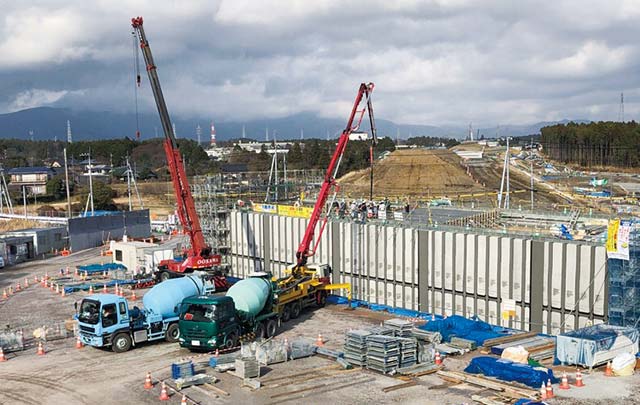
Improving Productivity through the Adoption of ICT andPrecasting
Shin-Tomei Expressway Yubunehara TunnelWorks
On worksites, ICT and precast boxes have beenadopted as initiatives to improve efficiency and reduce labor in large-scale civil engineering projects. Surveying and data organization work on worksites have been greatly reduced by using laser scanners to prepare 3D data from surveying at the start of construction, UAV-based work process measurement and ICT constructionequipment.
Furthermore, in box culverts (with an inner diameterof H6.2 m x W15.0 m) crossing embankments, the use of the half-precast method for precasting the side walls and the simplification of the molding and rebar installation in the on-site poured concrete portion have reduced the process by approximately 30%, making a significant contributionto the resolution of issues such as the recent lack of skilled labor and work-styleinnovation.
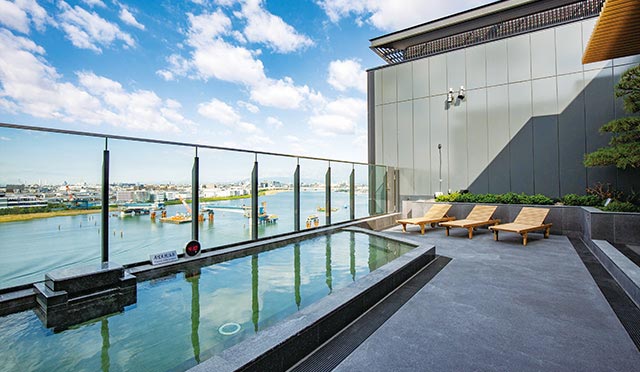
Completion of One of Japan’s Largest Airport Hotelsand Large-ScaleComplexes
New Construction of Tokyo International Airport Zone 2 Plan (tentativename)
The project was to build one of Japan’s largest hotels in the short period of just two years ahead of the Olympic and Paralympic Games, at a time when other major projects were peaking. The client, architect and builder worked as one to fully consider the details of the design to ensure those two years would be spentefficiently.
Furthermore, because it was a project that required securing an enormous number of workers, we determined approximately 90 % of the partner contractors prior to commencing construction, instructed them to secure workers according to the construction schedule, and made preparations to ensure smooth progress ofconstruction.
There were various difficult issues to overcome including weather conditions, but all employees worked as oneto complete the project, building a relationship of trust with the local community through the efforts of all involved and the cooperation of various companies performing airport-relatedadministration.
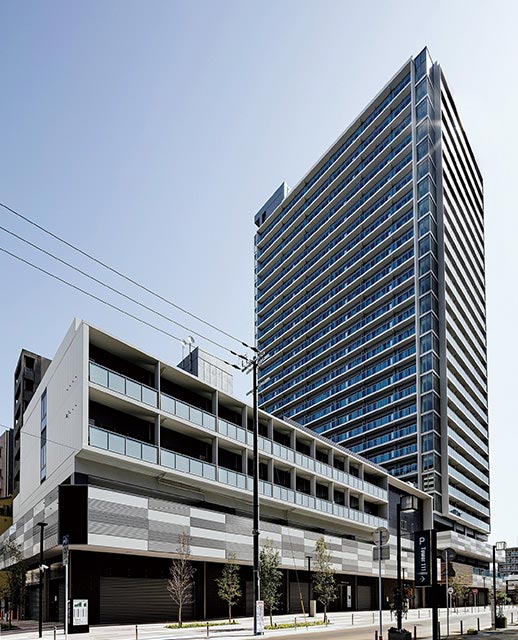
Creation of Robust Relationships of Trust through Careful Communication Placing the Greatest Importance on Ensuring Win-Win Relationships for AllStakeholders
Kitanakanishi Sakaemachi District Type 1 Urban RedevelopmentProject
The project area located in front of JR Kusatsu Station presented disaster-prevention problems including the concentration of aging wooden residences and old stores.
Moreover, the existing shopping district had fallen into serious decline due to the opening of a large shopping mall
near the station. In 2013, the city of Kusatsu positioned this one of the key projects in its basic plan for revitalization of the central urban area to develop a block that is suited to the station area.
In this project, Nishimatsu Construction provided operational and personnel support from the start of activities of the Urban Development Promotion Association. We helped gain the consent of almost 80 interested parties and through the project we have contributed to improving disaster-resistance and community revitalization.
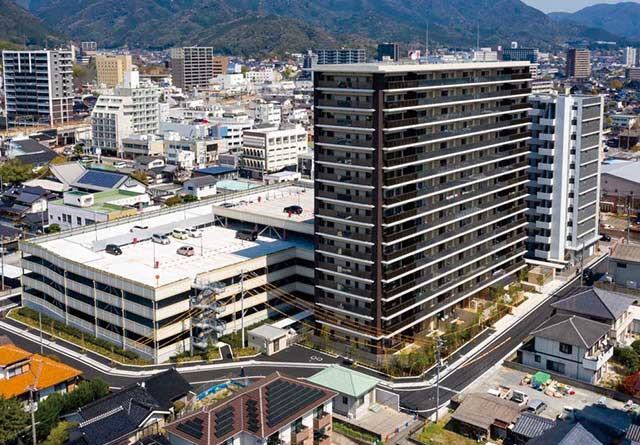
Creation of a Community Where People Gather and Relationships Are Fosteredto Provide a Connection to theFuture
Participated in Yamaguchi City’s First Statutory Redevelopment Project as a Designated Business Agent and ParticipatingMember
Koganecho District Type 1 Urban RedevelopmentProject
Planned as Yamaguchi City’s first statutory redevelopment this project is aimed at increasing the residential population and revitalizing the central city through the reconstruction of large parking facilities, the creation of a vibrant space and the provision of urbancondominiums.
Nishimatsu Construction participated in the project from September 2016 as a designated business agent, and provided a wide range of support for operation of the association such as dispatching personnel to the project office, financing and dealing with interested parties.In addition, as a participating member, the Company also handled all aspects from product planning to marketing strategy of a 100-unit condominium, which is large for a regional city. All units were sold at the time of completion of construction in March2020.
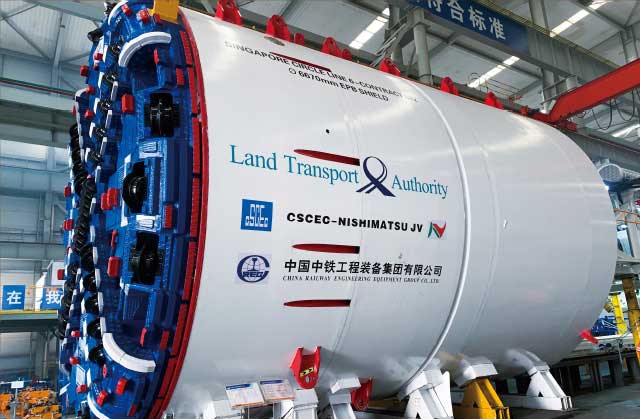
Working as One Team to Carry Out a Difficult ConstructionProject
Keppel Station and Tunnel Work in 6th Phase of Circle MRTLine
A Chinese shield tunnel boring machine (made by CREG) was employed on this site due to the history of work conducted in Singapore. It was the first time a Chinese shield tunnel boring machine has been used by a Japanese company. Staff members from a variety of countries worked on the site, and efforts were made to communicate not only in English but also in their native languages to ensure no miscommunication occurred. Furthermore, respect was given to each other’s cultures such as consideration for staff member fasting and praying. The Singapore Office of the International Division and the personnel on theconstruction site worked as one team to create a track record in construction that on-site workers can take pride in, motivating them to want to permanently work for NishimatsuConstruction despite life-long employment not being common overseas,unlike inJapan.
